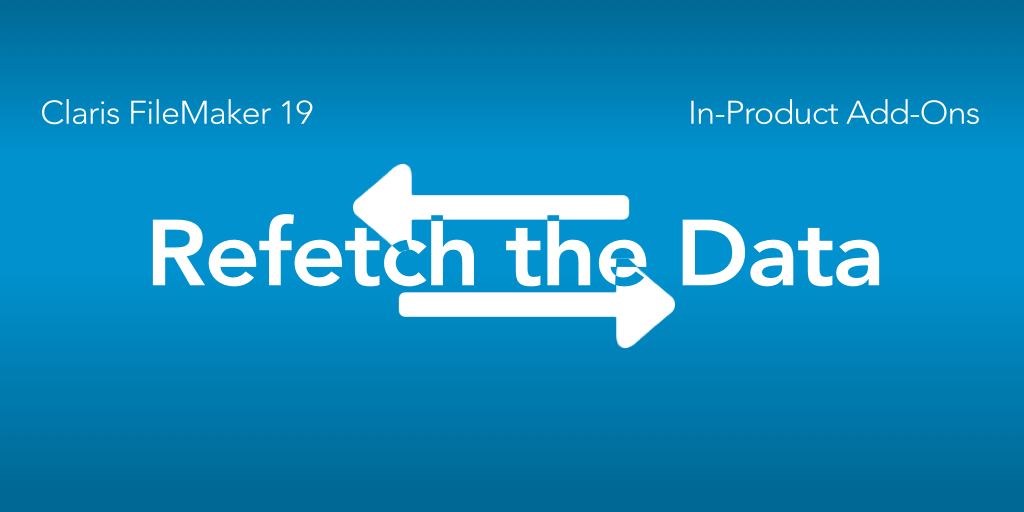We’re continuing our discussion of the new FileMaker 19 add-ons. Claris has released a great video on these add-ons, but, in this series of posts, we’re taking a deep dive into how the add-ons work. In this post we will examine the FileMaker add-on refetch process.
Many of the add-ons are sort of ‘dashboard’ add-ons. They are meant to be visible for extended periods of time with some interaction. A user, for example, can bring up the activity timeline, scroll through it, and click on a card to open it up. The timeline could be on the user’s screen for some time, and it would benefit her to see the latest records in the events table.
Refetch
In these cases, the add-ons are built with a refetching mechanism. At a certain time interval, one unspecified and un configurable, the add-on will use its JavaScript power to perform the find again (that is, the JS will call a FileMaker script) and re-render the data in the display. This process happens during those times when the user is not running a script (by a click of a card). A developer could be sitting there, staring blankly at the screen, and suddenly see a new event, or the color of a card change from red to blue.
A Couple of Notes
Since it happens automatically, and sort of behind the scenes, there’s really nothing for you to do with this except know about it. Here’s a few additional details about the FileMaker add-on refetch mechanism:
- The timing of it is unconfigurable. There’s no way to change the interval at the moment.
- The refresh happens not that often in a given time period. While it’s a bit different in length for each add-on, the refresh will not get in your or your users’ way.
- The refresh process uses the Find script for the add-on.
- The refresh will only affect one instance at a time.
- If you do have multiple add-ons (multiple instances or different types) on the current layout, each one will run its own refresh (as applicable).
- If another script is running when the refresh happens, the Find script will be added to the script call stack.
FileMaker Add-on Refetch
That’s really about it. The latest data is shown because of the Refetching mechanism. Users will get to see all that’s fresh and new in the data source table.

